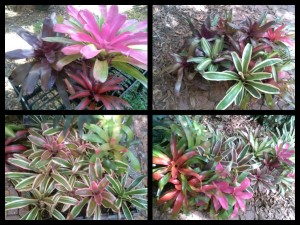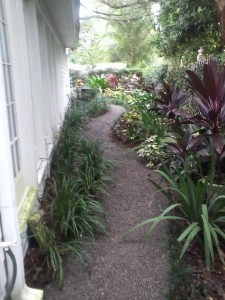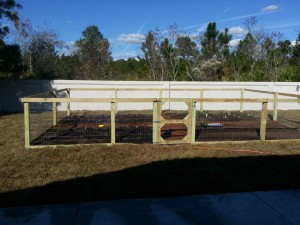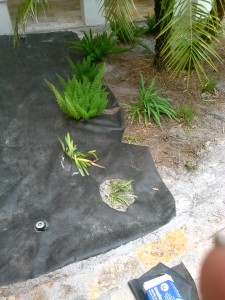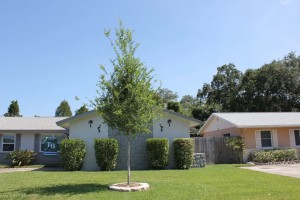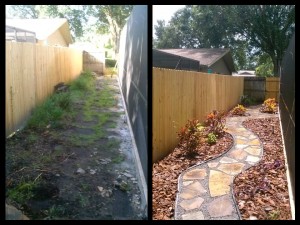Bromeliad plants for the landscape? Of course! While most people might be familiar with Bromeliad plants for indoors, they can be a wonderful addition to your outdoor landscape, too.
Bromeliads are a a diverse group of plants that are generally native to the Tropical Americas, and have over 3000 species in 55 genera. The category that we are going to explore today is the terrestrial group of Bromeliads that grow in soil, and interestingly enough, includes the Pineapple! And, more particularly, the Blushing Bromeliads, which have a stunning array of colors and leaf designs that range from deep burgundys, lime greens, cherry reds, tangerines, stripes, spots........the choices are endless.
While most Bromeliad plants for the landscape prefer shade or part sun, there are many varieties that will thrive in full sun conditions, with varietal names such as Martin, Erika, Aztec, and Gespacho to list just a few. As well, to emphasize the variety of options available with this versatile landscape plant, you can choose from Bromeliads that grow to 4' (Blanchetiana) to those that grow as small as 4" (Fireball), and anywhere in between.
With so many varieties of Bromeliad plants for the landscape to choose from, it can be difficult to know where to begin, and it can be daunting to select which Bromeliads to use, as you can fall in love with all of them! I start with the site selection, and determine the sunlight conditions. If the area is dark and shaded in the background, I begin with a larger growing light colored leaf variety, with either lime greens or white stripes, as they will stand out in the shade. In the foreground, I will use deeper colored varieties, that grow smaller, as they will stand out against the background Bromeliads. If there is more sunlight towards the front of the bed, I will select a sun-loving variety such as Fireball or Compacta.
Bromeliad plants are very low maintenance, as well as forgiving of mistakes. With that in mind, the most important thing about using Bromeliad plants in your landscape is to select plants that you will be happy with, experiment with them, and have fun! You will be instantly rewarded for your efforts, with years and years of fascinating enjoyment of these amazing plants.

